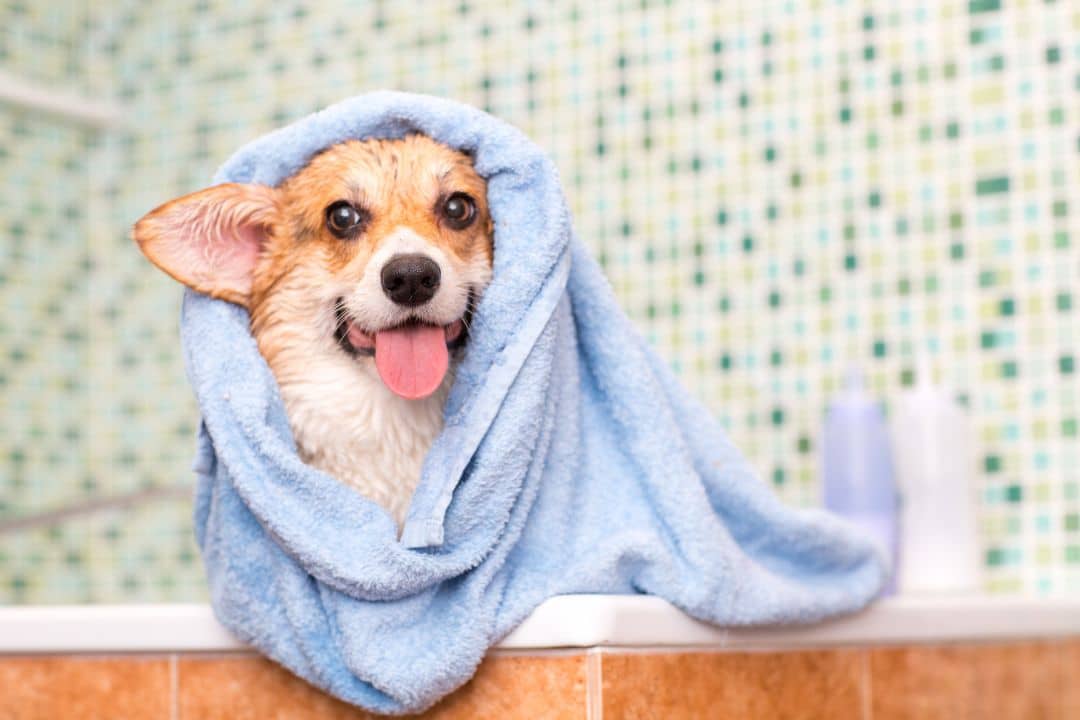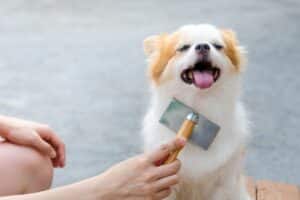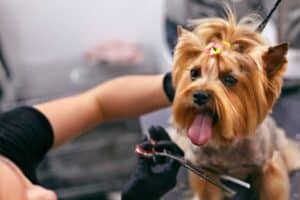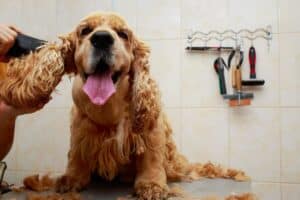
Essential Dog Grooming Tips Every Pet Owner Should Know for Health and Happiness
As a responsible pet owner, ensuring the health and happiness of your canine companion is paramount. Grooming plays a pivotal role in maintaining your dog’s overall well-being. It goes beyond just enhancing their appearance; regular grooming contributes to their physical health and emotional state. By understanding and implementing essential dog grooming practices, you can strengthen the bond with your pet and provide them with a comfortable and fulfilling life. Here are some essential dog grooming tips to help you keep your pet healthy and happy.
What You Will Learn About Essential Dog Grooming Tips for Pet Owners
By reading this article, you will learn:
– The importance of regular grooming for a dog’s health and well-being, and establishing a grooming routine for overall pet care.
– Identifying different coat types, grooming techniques, and tools for each coat type, as well as considerations for different breeds’ grooming needs.
– Proper bathing frequency for different breeds, correct bathing techniques and dog-friendly shampoos, importance of thorough coat drying, and handling sensitive areas.
Importance of Regular Grooming for Dogs
Regular grooming is not merely a cosmetic ritual; it is a fundamental aspect of caring for your dog. Grooming encompasses a range of activities such as brushing, bathing, nail trimming, and more. These practices contribute to your dog’s physical health by preventing skin issues, infections, and discomfort. Moreover, grooming also has a positive impact on your dog’s emotional well-being, fostering a sense of comfort and security.

Benefits of Grooming for a Dog’s Health and Well-being
Grooming promotes healthy skin and coat, reduces the risk of infections, and allows for early detection of lumps, skin abnormalities, or parasites. It also helps in maintaining proper hygiene, preventing matting, and managing shedding, especially for dogs with longer coats.
| Benefit of Grooming | Description |
|---|---|
| Promotes healthy skin and coat | Regular grooming helps in distributing natural oils, preventing matting, and maintaining a healthy coat. |
| Reduces the risk of infections | Proper grooming prevents skin issues and infections by keeping the coat clean and free from parasites. |
| Allows for early detection of lumps and abnormalities | Through grooming, pet owners can detect any skin lumps, abnormalities, or parasites at an early stage, enabling prompt veterinary attention. |
Establishing a Grooming Routine for Overall Pet Care
Implementing a regular grooming routine not only ensures your dog looks and feels good but also strengthens the bond between you and your pet. It establishes a sense of trust and comfort, making grooming a positive experience for both you and your dog.
Understanding Your Dog’s Grooming Needs

Identifying Different Coat Types and Grooming Requirements
Understanding your dog’s specific coat type is crucial in determining the grooming tools and techniques that best suit them. Dogs have various coat types such as short, long, curly, wiry, and double coats, each requiring tailored grooming approaches.

Grooming Techniques and Tools for Each Coat Type
For short coats, a grooming mitt or rubber brush works well to remove loose hair and distribute natural oils. Long-haired dogs benefit from regular brushing with a slicker brush to prevent tangles and matting. Curly-coated breeds require specialized combs and brushes to maintain their unique curls and prevent matting.
Considerations for Different Breeds’ Grooming Needs
Different dog breeds have distinct grooming requirements. For instance, breeds like the Poodle and Bichon Frise require frequent professional grooming with specific haircuts, while others, such as Labrador Retrievers, benefit from regular baths and brushing to manage shedding.

Basic Grooming Tools and Supplies
Comprehensive List of Essential Grooming Tools
When building your grooming toolkit, consider including a slicker brush, shedding blade, grooming scissors, nail clippers, ear cleaning solution, and dog-specific shampoo and conditioner. Additionally, specialized tools like dematting combs and undercoat rakes are essential for specific coat types.
Purpose and Proper Usage of Each Tool
Understanding the purpose and correct usage of each grooming tool is vital for effective grooming. For instance, slicker brushes are ideal for removing mats and tangles, while shedding blades help manage excessive shedding in double-coated breeds.
Brushing and Combing Techniques
Step-by-Step Instructions for Brushing and Combing
Regular brushing and combing are imperative for maintaining your dog’s coat health. Start by gently brushing the coat in the direction of hair growth, focusing on one section at a time. Use a comb to detangle any mats, working from the tips of the hair towards the skin to avoid causing discomfort.

In conclusion, understanding and implementing essential dog grooming practices are crucial for the well-being of your pet. Regular grooming not only contributes to your dog’s physical health but also fosters a positive emotional state. By establishing a grooming routine and using the appropriate tools and techniques for your dog’s specific coat type, you can ensure a healthy and happy life for your beloved pet.
The Importance of Regular Grooming: A Personal Story
Meeting Bella’s Grooming Needs
I’ve always been dedicated to providing the best care for my dog, Bella. When I first adopted her, I was unfamiliar with the specific grooming needs of her breed, a fluffy Bichon Frise. As she grew, I noticed her coat becoming easily tangled and matted, despite regular brushing.
After consulting with a professional groomer, I learned about the importance of using the right tools and techniques for Bella’s coat type. By adjusting my grooming routine and investing in the appropriate brushes and combs, I was able to keep Bella’s coat healthy and free from tangles.
This experience taught me the significance of understanding a dog’s individual grooming requirements and the positive impact it can have on their overall health and happiness. By meeting Bella’s grooming needs, I’ve seen her thrive with a shiny, tangle-free coat, and it has strengthened our bond through the grooming process.
FAQs
Q: Who can benefit from essential dog grooming tips?
A: Pet owners who want to keep their dogs clean and healthy.
Q: What are some essential dog grooming tips?
A: Regular brushing, bathing, nail trimming, and ear cleaning.
Q: How often should I groom my dog?
A: Grooming frequency depends on the breed and coat type, but generally, aim for at least once a month.
Q: What if my dog doesn’t like grooming?
A: Start slowly, use positive reinforcement, and seek professional help if needed.
Q: What essential tools do I need for dog grooming?
A: A good quality brush, dog-specific shampoo, nail clippers, and ear cleaning solution.
Q: How can I make grooming a positive experience for my dog?
A: Use treats, praise, and short grooming sessions to make it enjoyable for your dog.
With over 10 years of experience as a professional dog groomer, Emily Sullivan is an expert in pet care and grooming. A certified canine cosmetologist, she has worked in various animal shelters and veterinary clinics, gaining extensive knowledge of different dog breeds and their specific grooming needs. Emily Sullivan is also a regular contributor to pet care publications and has conducted workshops on grooming techniques for pet owners. She holds a Bachelor’s degree in Animal Science from the University of [University Name], where her research focused on the impact of grooming on a dog’s overall health and well-being. Her expertise is grounded in evidence-based practices, drawing from reputable sources such as the American Kennel Club and the American Veterinary Medical Association. Emily Sullivan is dedicated to educating pet owners on the importance of regular grooming for their furry companions, promoting a holistic approach to pet care.
Facebook
Pinterest
Twitter
LinkedIn

